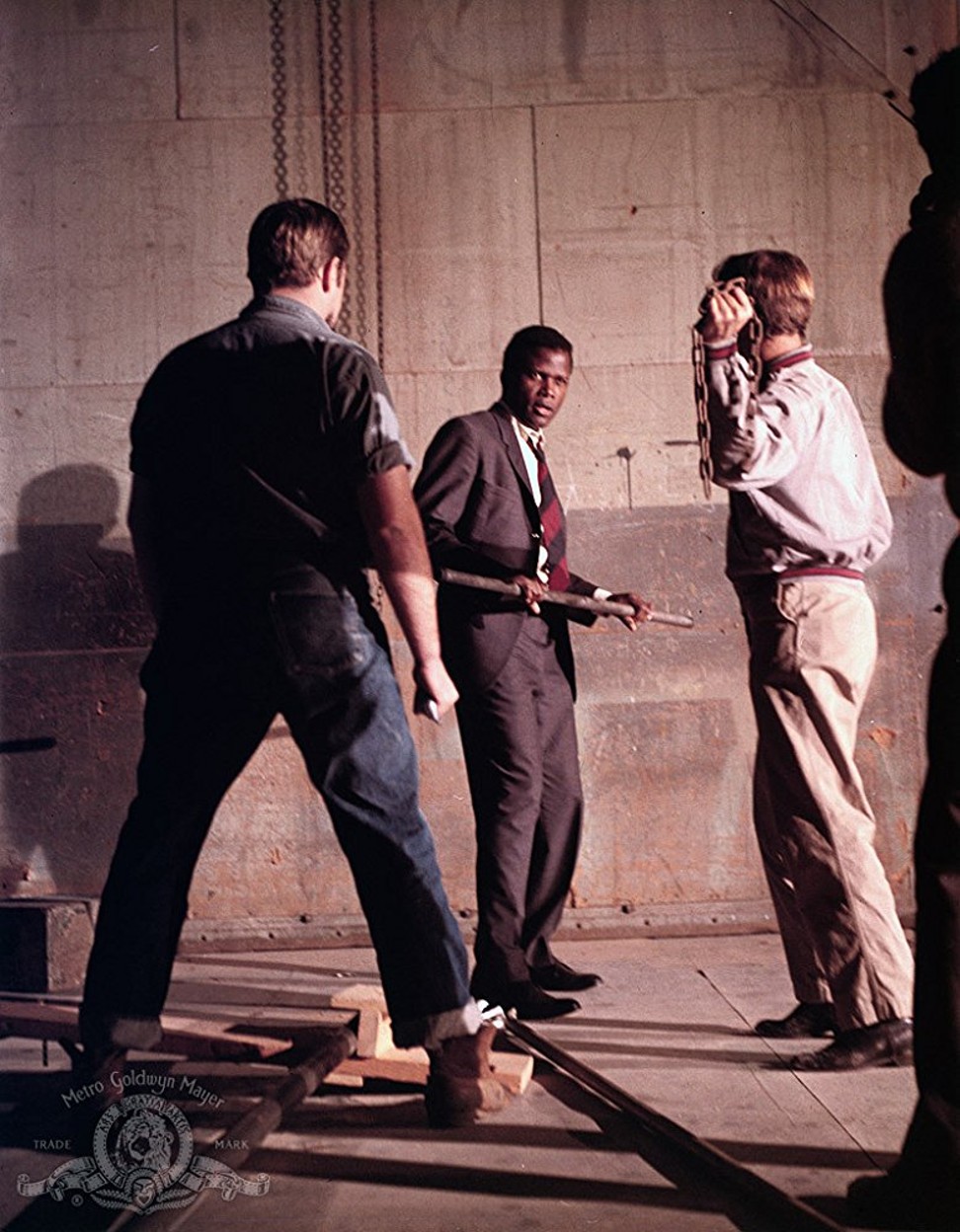
Racism in America: how In the Heat of the Night confronted it in 1967
Few Hollywood films have addressed the issue the way the Norman Jewison crime drama did in the 1960s. Find out why the movie’s star Sidney Poitier refused to shoot in the American south
Racism is a topic that is generally ignored by Hollywood, which prefers to present an image of the United States as a country where everyone gets along. But the 1967 film In the Heat of the Night, based on a novel by John Ball, directly addresses the racism faced by blacks in the southern states.
The crime drama features Sidney Poitier as a black detective who suffers racial slurs and humiliation at the hands of a white police chief (Rod Steiger) while he tries to solve a murder in a small town in Mississippi. The film is driven by a simmering performance by Poitier, whose character realises it’s best to restrain his anger, and a powerful showing by Steiger as a police officer who can’t accept that a black man can do the job better than he can.
A murder is committed in Sparta and a black man, Tibbs (Poitier), is arrested simply because he has a lot of money in his wallet. It transpires that Tibbs is a detective from the north who is in town to visit his mother.
Sparta’s seedy police chief Gillespie (Steiger) frees Tibbs and reluctantly accepts his offer to stay on and help solve the murder – Tibbs is a homicide expert and Gillespie is stuck for clues. In spite of taunts from the local police, Tibbs stays the course because he relishes the prospect of arresting a white southerner for the crime.
In the Heat of the Night was controversial at the time of its release, coming just three years after the Civil Rights Act came into force, although Poitier – who was already a star – brought it commercial appeal. The big shock in the story comes when a white cotton plantation boss slaps Tibbs in the face, and he slaps him straight back. It was the first time a black man had defended himself from a white man in this way on screen, and reportedly drew cheers from black audiences and gasps of disbelief from white viewers.
“Young black people in northern cities responded to the film in a much more visceral way than the whites did,” the movie’s director Norman Jewison told The Guardian newspaper in 2016. “This was the first time a black actor was wearing the fancy suit and being looked up to.”
The film was not shot in Sparta, Mississippi – a town that does exist – but Sparta, Illinois, which is not in the south. Poitier had been subjected to racial harassment in the south and did not want to shoot there. But Jewison did persuade Poitier to shoot a few scenes in Tennessee.
“When we got to Tennessee, only the Holiday Inn would accept blacks and whites together,” Jewison remembered.

